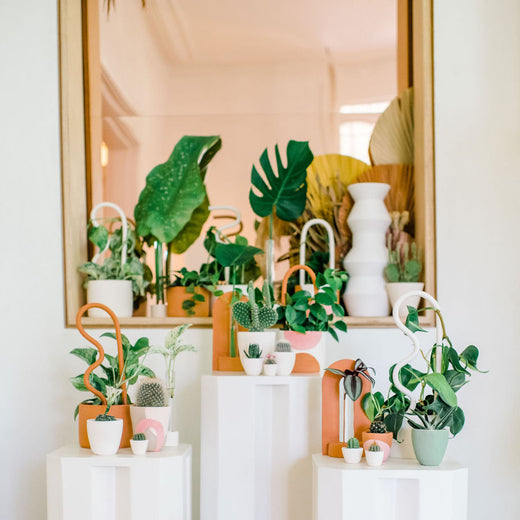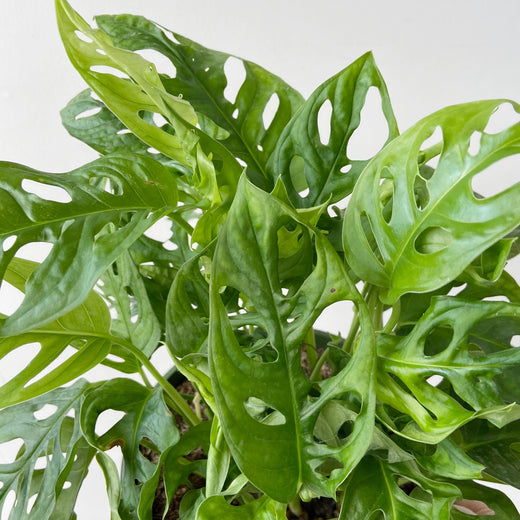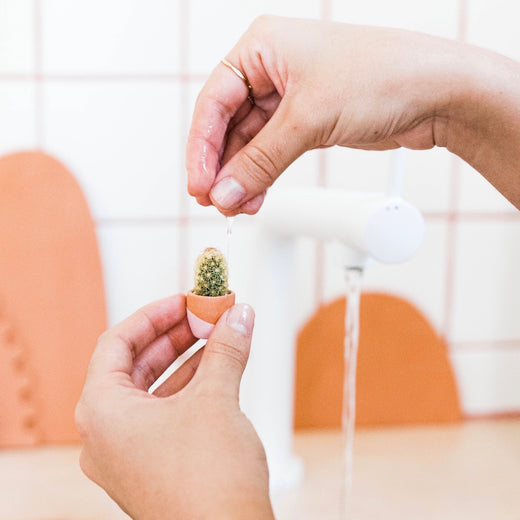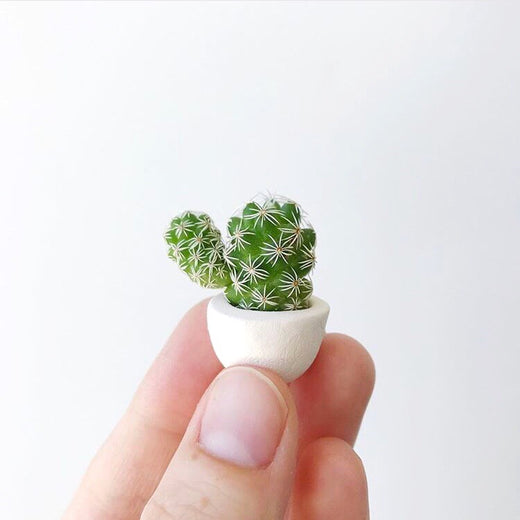The plant variegation craze: Where to find them and how to keep them colorful!
Plants have gotten crazy popular over the past few years and variegated plants may be the most popular trend!
I mean, we agree. Who doesn’t love a fun colorful plant to brighten up your space?
With the whole variegation trend, we keep getting these questions:
- What exactly is variegation?
- Where do I find the best variegated plants??
- How do I make sure my variegated plants keep their beautiful colors?!
We’re just going to geek out a little bit in this one. I know we don’t usually get so scientific but variegation is just so cool that we wanted to nerd out with you!
**If you are not into nerdy plant science, skip ahead to our easy 2 steps to having beautiful variegated plants!
If you love nerdy plant stuff keep on reading!
SCIENCEY STUFF: WHAT IS VARIEGATION?
(This is the part of the blog where I try to figure out how to spell “science-y” when it is not a word.)
Variegation simply means that a plant has multiple colors in it - or - a lack of color, resulting in white! It comes from the latin word variegatus, which means “made of various sorts or colors.” These coloration differences are caused by differing amounts or lack of chlorophyll (green pigment) in the plant cells and are usually seen as spots, stripes, circles or borders.
Different types of variegation:
Chimeral Variegation: This is the most common type of variegation caused by a genetic mutation in plants. It is caused by two different chromosomal make-ups in the plant causing both green and white or yellow zones. (e.g. I have a giant Jade Pothos in the kitchen that has been solid green for 4 years and then this year some of the leaves became variegated!)
Blister or Reflective Variegation: This is when tiny air pockets form between the lower pigmented and upper unpigmented layers of the leaves. These spots are reflective so when light hits these pockets, they have a silvery look to them. This can happen on the leaves themselves or along the veins of the leaves. (e.g. Silvery Anne)
Genetic or Pattern Variegation: These variegations occur naturally rather than from mutations because it is part of the DNA of the plant and is passed down from generation to generation. The variegation in these plants is more of a specific pattern, rather than a random design (e.g. Calatheas).
Viral Variegation: Although not super common, variegation can be caused by plant viruses.
NOW FOR THE SIMPLE STUFF!
2 steps to having beautifully variegated plants…
- Grab some of our variegated plants like the ones below!
- Make sure they get lots of bright indirect sunlight!
Light + Variegation
Light is the biggest factor in maintaining variegation. If a variegated plant is not receiving enough light, new growth will produce all-green leaves so the plant has more chlorophyll, making the photosynthesis process easier and making the plant healthier.
When a variegated plant is not receiving enough light to keep its variegation and starts to produce leaves that are green, this plant can completely lose its ability to produce variegated leaves. If the variegated plant is getting enough sunlight, it will continue producing more and more variegated leaves.
Pink + White in Plants
I often get asked about my variegated rubber plant and how I get it to be so pink. The answer is lots of bright indirect sun. If the plant is in a lower light, this particular plant will remain variegated but will not be pink.
Whereas a marble queen pothos will continue to thrive in low light but may lose its while coloring and turn full green in low light, losing its variegation. But this process happens very slowly so there is time to change up the spot the plant is in so it gets more light.
OUR FAVORITE VARIEGATED PLANTS
We are kind of in love with all types of variegated plants - it’s so fun to see what nature can do!
xo, Seana








